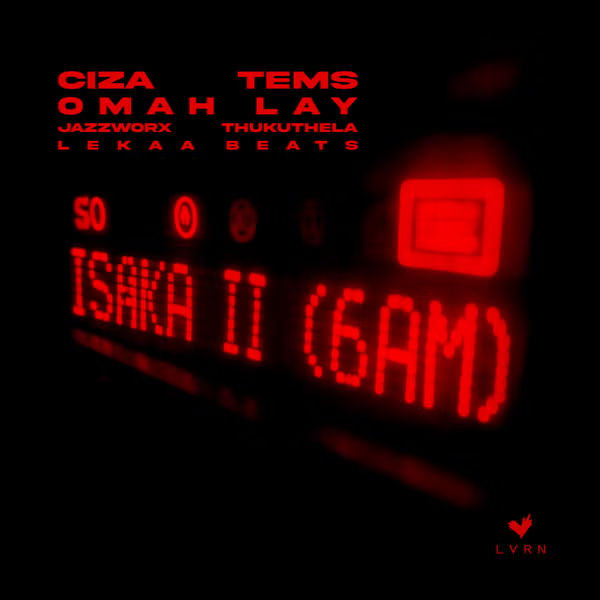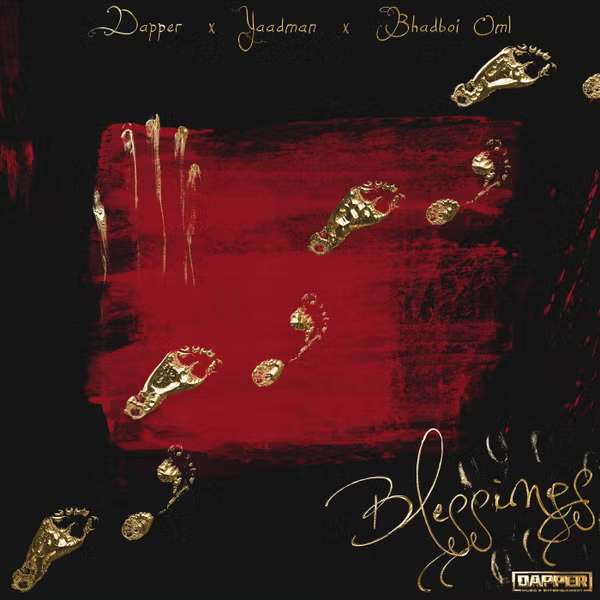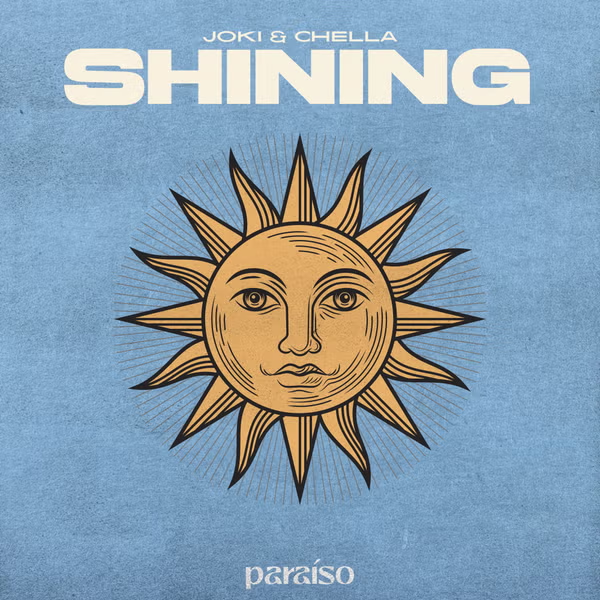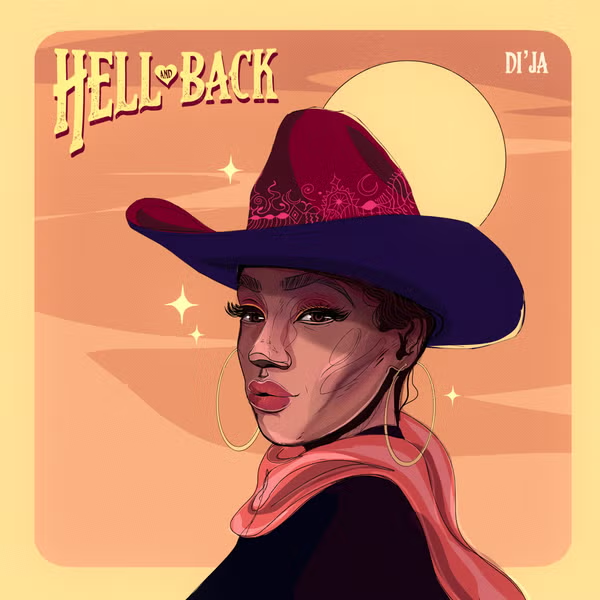Nigeria is made up of over 350 tribes which all have their peculiar cultures and traditions of which dance is among.
A Traditional dance will therefore have arisen from a people’s cultural traditions, for example, the folk dances of indigenous populations of Europe.
However, dances that have a ritual origin or purpose are not usually considered to be Traditional dances. These are known as ‘Religious dances’ instead.
The cultural or traditional dances of Nigerian tribes are used for different purposes which include: unifying the members of a tribe; telling folktales or the history and traditions of a community; showcasing the wealth and strength of a tribe; celebrating; performing religious duties; entertaining and so on.
Traditional Social Dancing is a total activity — it involves body, mind, spirit, feeling. It is personal, intimate, communicative, social, public. It is creative / spontaneous / individual and structured / coordinated / conventional. It has no institutional standards or rules, no corporate hierarchies.
1. The Ekombi Dance
The Ekombi dance is peculiar to the Efik people of Calabar, Cross River State. It is a beautiful and entertaining dance in which maidens are dressed in multi-coloured attires sewn in a mini skirt and blouse form which exposes their tummy.
The maidens are also decorated with beads of different colours and sizes. The Ekombi dancers whine gracefully to the rhythmical beats of the Efik drummers in the movement of ocean tides. The Ekombi dance of the Efik people shows the beauty and maturity of a woman.
2. The Nkwa-Umu-Agbogho Dance
This dance has its origin among the people of Ebonyi State. The Nkwa-Umu-Agbogho dance is also known as ‘maidens dance‘ because it is specifically meant for ladies who have just become ripe for marriage.
This dance involves vigorous twisting of the chest and waist in a seductive way so as to attract suitors. The ‘maiden dance’ also help younger girls to abstain from pre-marital s*x.
3. The Bata Dance
The Bata dance is one of the cultural/traditional dances of the Yoruba people of southwestern Nigeria. This dance is associated with Sango, the Yoruba god of thunder who was said to be athletic during his days.
However, the bata dance remains incomplete without beats from the bata drum- a set of three drums namely: Iya-Ilu, Itotele and Okokonlo.
Bata dance is very entertaining as different moves and stunts are performed during the dance. Bata dance is for both male and female in Yoruba land.
4. The Koroso Dance
The Koroso dance originated among the Fulani and Kano people of Kano State, Nigeria. The Kosoro dance, a name derived from the rattle fastened to the legs of Koroso dancers, is a mixture of movements from the traditional dances of the Fulanis and Hausa people of Kano.
Usually, the Koroso dancers perform in pairs, sometimes assisting each other to achieve impossible shapes, sometimes striving individually to outdo the other. It is such a beautiful and entertaining dance!
5. The Swange Dance
The Swange dance is a recreational and entertaining dance performed together by Tiv men and women of Benue State, Nigeria.
This dance is performed in important gatherings or during festivals. The movement of the Swange dance can be slow, fast or rhythmic all rendering the dancers shaking vigorously; this thus make the Tiv people call the Swange dance “boneless dance”.
Swange dance is accompanied by beats with beautiful rhythm and a traditional horn called ‘Al-Gaita‘ which is blown throughout the dance session.
























